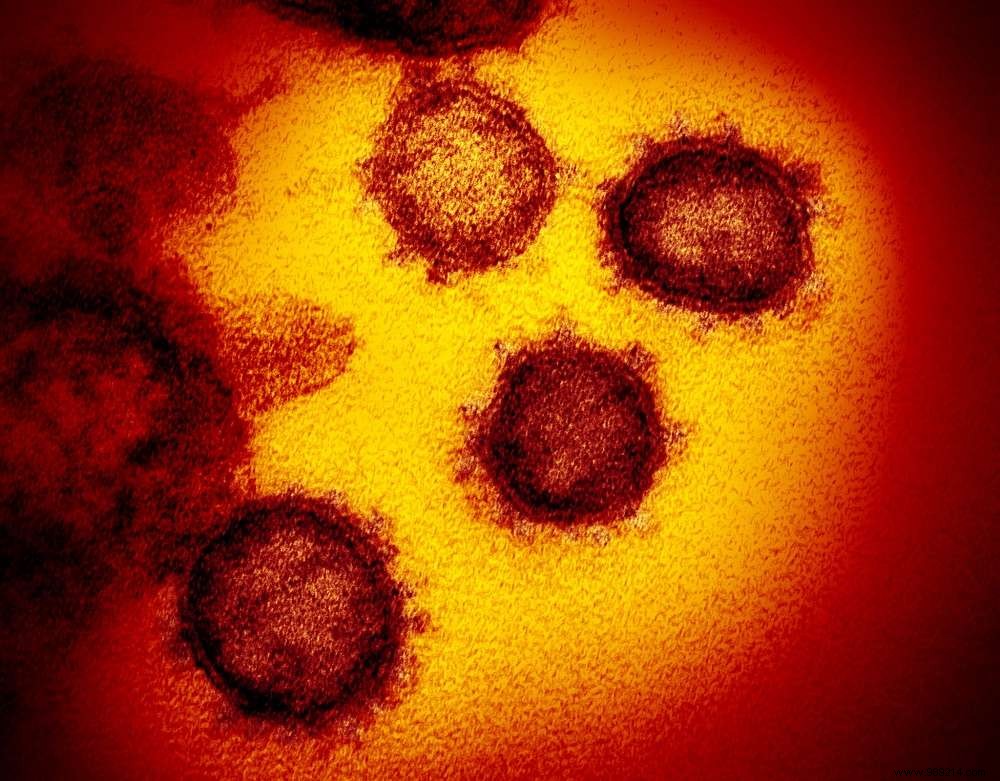Many Americans seem to be inadvertently poisoning themselves with disinfectant products as they try to protect themselves against the novel coronavirus.
On January 19, 2020, Washington State reported the first confirmed case of Covid-19 in the United States, caused by the coronavirus SARS-CoV-2. As of April 23, a total of 840,000 cases and 46,500 associated deaths have been reported to the CDC in all 50 states, the District of Columbia and four US territories. The United States, today more than ever, is the epicenter of the pandemic.
To fight the spread of the disease, it is recommended to put in place "barrier" gestures. In particular, wash your hands often using soap and water, or a hydroalcoholic solution. But the feeling of panic, which can be easily explained in response to this type of disease, could lead many people not to ignore these health recommendations, but to abuse them. To the point of putting their lives in danger.
Since the beginning of March indeed – when the coronavirus really began to rage in the United States – the country's poison control centers have recorded a very large increase in the number calls, according to a new study by researchers at the Centers for Disease Control and Prevention.
Although the researchers could not directly link the trend to the spread of the pandemic, reported exposures still appeared to be increasing as media coverage intensified. illness, sometimes reporting shortages of cleaning products and disinfectants in supermarkets.
As part of their study, the researchers compared calls made to 55 poison control centers in the United States between January and March 2020, 2019 and 2018. They found that, this year, calls about exposures to disinfectant products jumped 20% and 16% over the same three-month periods in 2019 and 2018, respectively.
The vast majority of these calls, the study reads, were about the misuse of bleach and antibacterial gels . The researchers also point out that, while overall all age groups seemed to be affected by these poisonings, young children (aged 1 to 5 years) tended to be the most exposed.

The researchers presented two scenarios to highlight the types of calls currently handled by poison control centers.
The first involved an adult woman who saw a television report suggesting that consumers should clean up recently purchased groceries. The person concerned then filled her kitchen sink with a mixture of 10% bleach, vinegar and hot water to soak her products , eventually creating toxic chlorine gas.
While going about her business in the kitchen, the woman suddenly began to smell chlorine and developed difficulty breathing. After a call to the poison control center, she was rushed to hospital and then treated with oxygen and bronchodilators (drugs that fight abnormal muscle contraction). She was finally able to return home a few hours later.
The second case report this time involved a young girl (preschool age) who drank an unknown amount of hand sanitizer in a bottle found on the kitchen table. Suffering from dizziness, she then fell and hit her head. The victim was unconscious when paramedics arrived, but regained consciousness once in the ambulance.
After arriving at the hospital, doctors found that his blood alcohol level was 3.5 times the legal limit. The girl was therefore admitted to the pediatric intensive care unit, and finally left the establishment 48 hours later.
Researchers, given this increase in reported poisoning reports, wanted to remind you of the precautions for using cleaning products.
It is necessary to always read and follow the instructions on the labels. Use only room temperature water for dilution (unless otherwise specified on the label). Avoid mixing chemicals and wear eye and skin protection when handling. Finally, make sure you ventilate the room in question sufficiently. And of course to store chemicals out of the reach of children.
Source